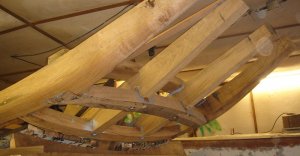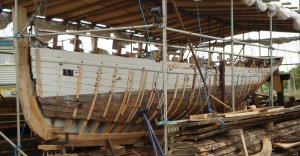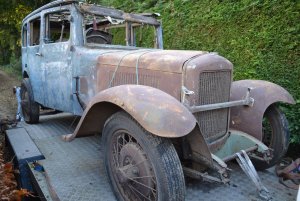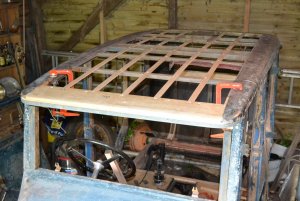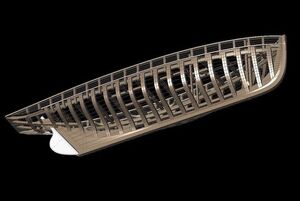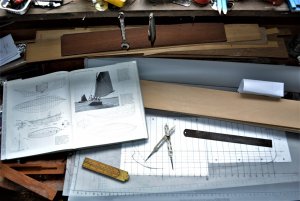This is the tentative start of a build log for a Colchester smack, which is a type of fishing craft that worked out of the Colne and Blackwater rivers in Essex in the 19th and 20th century. Many of these craft still survive as yachts and I live only a couple of hours away from where they can be seen. I will be using the plans in the Chatham Directory of Inshore Craft which were drawn by the naval architect Maxwell Blake. I have to get these enlarged as the originals are in a private collection and I don't know who owns it.
My model will be built at 1:24 or 1/2":1' in Imperial. This has the advantage that 1mm is about 1" in scale terms which makes sourcing the timber rather easier. There is lot of drawing to do which I will continue in parallel with working on my car project which is 1930 Singer Light Six which hasn't been on the road since around 1970. The model will form a nice contrast to the rather large and oily car!
I will probably go for sycamore or lime although I have to find a decent source. I have made a start in the meantime by getting most of the car stuff out of my main workshop and trying to establish a boatyard in its place. I have acquired some machine tools since I made Leon as a student with hand tools on the kitchen table so I hope these will help me make a boat that is worthy to sit alongside the quite outstanding models I watch develop on this forum.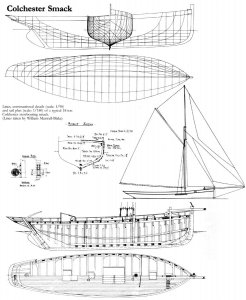
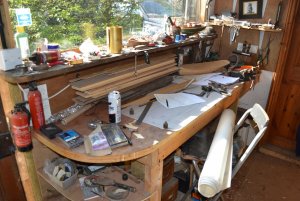
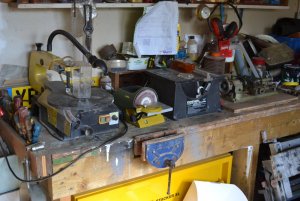
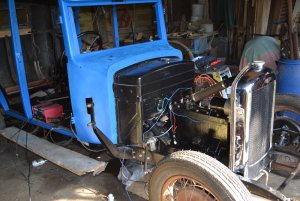
My model will be built at 1:24 or 1/2":1' in Imperial. This has the advantage that 1mm is about 1" in scale terms which makes sourcing the timber rather easier. There is lot of drawing to do which I will continue in parallel with working on my car project which is 1930 Singer Light Six which hasn't been on the road since around 1970. The model will form a nice contrast to the rather large and oily car!
I will probably go for sycamore or lime although I have to find a decent source. I have made a start in the meantime by getting most of the car stuff out of my main workshop and trying to establish a boatyard in its place. I have acquired some machine tools since I made Leon as a student with hand tools on the kitchen table so I hope these will help me make a boat that is worthy to sit alongside the quite outstanding models I watch develop on this forum.








